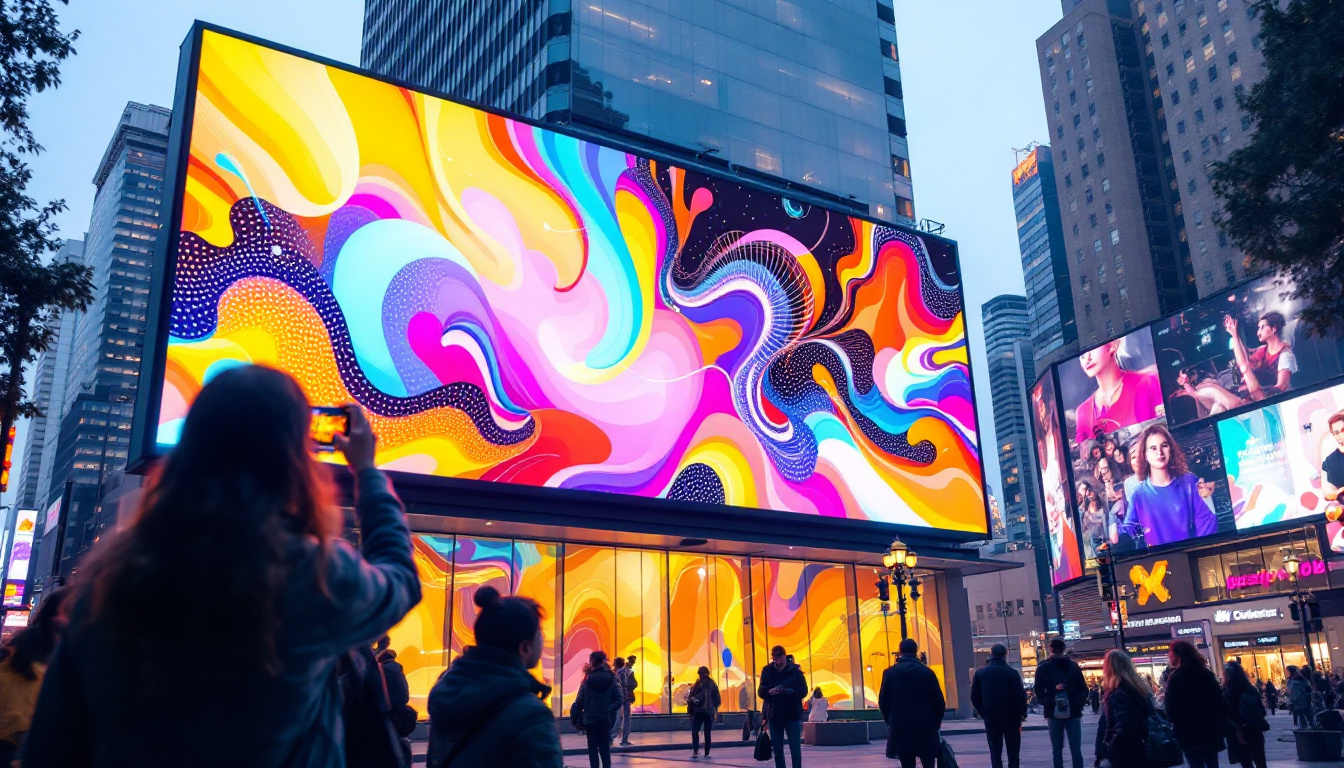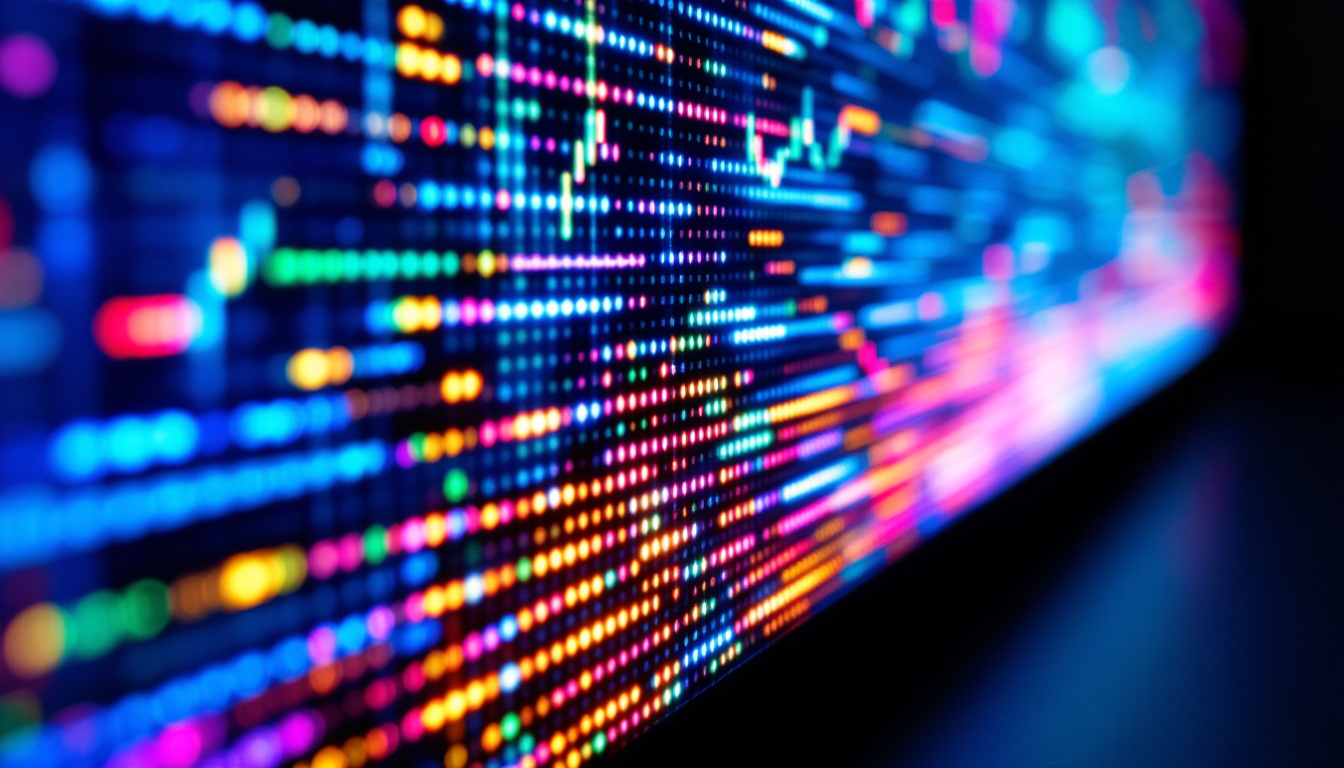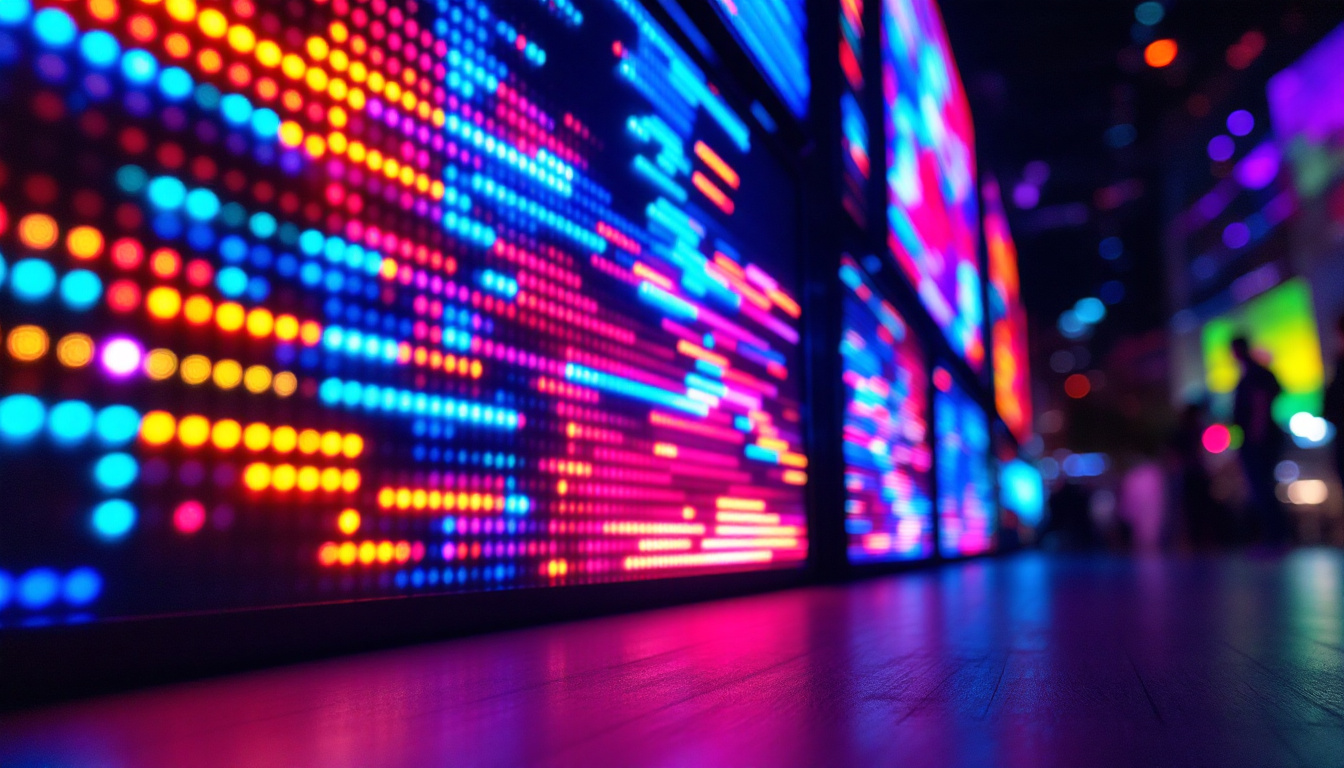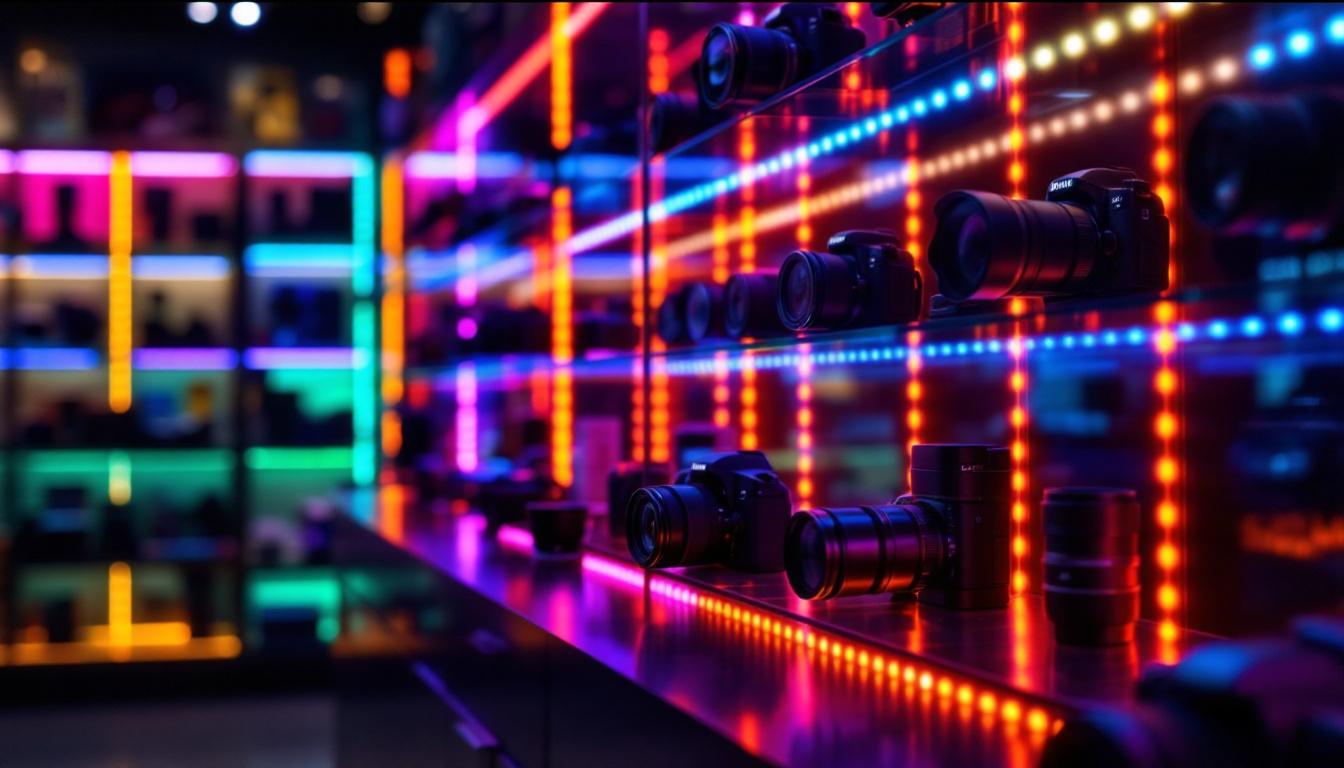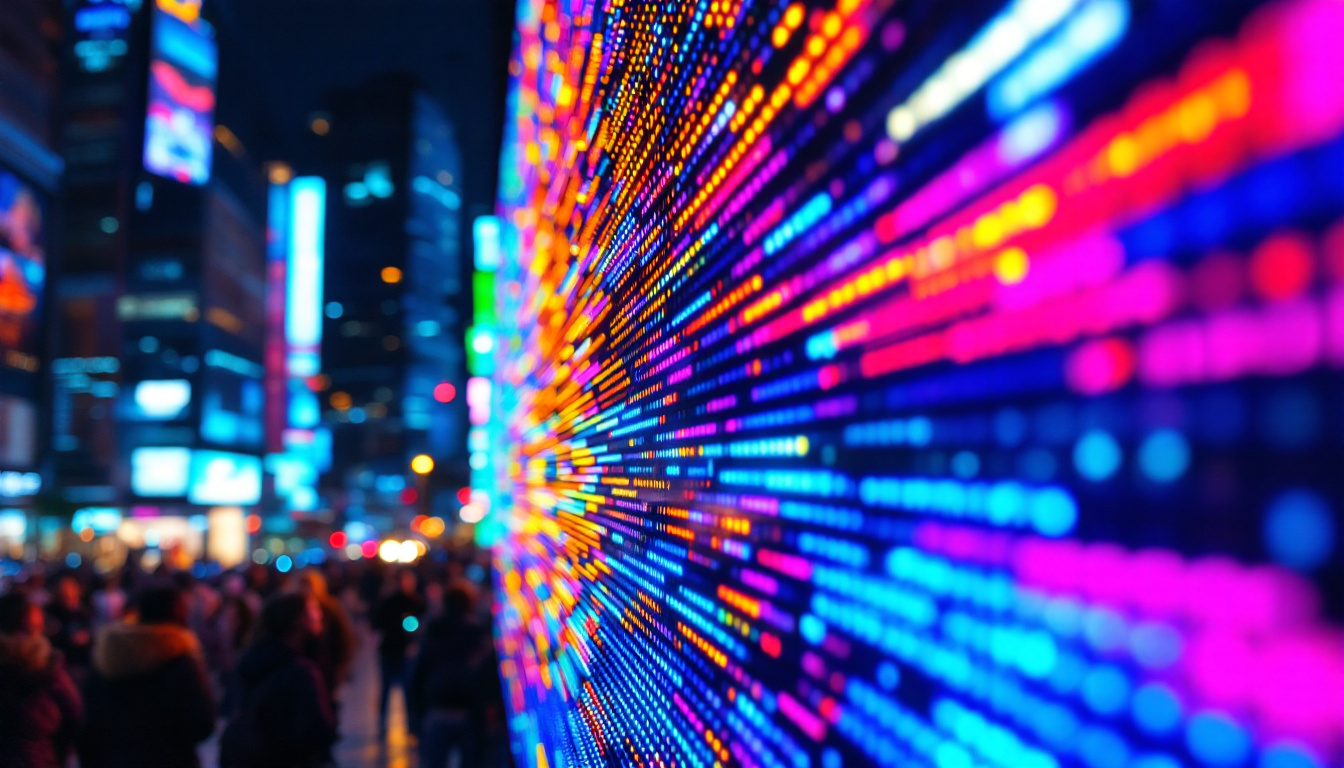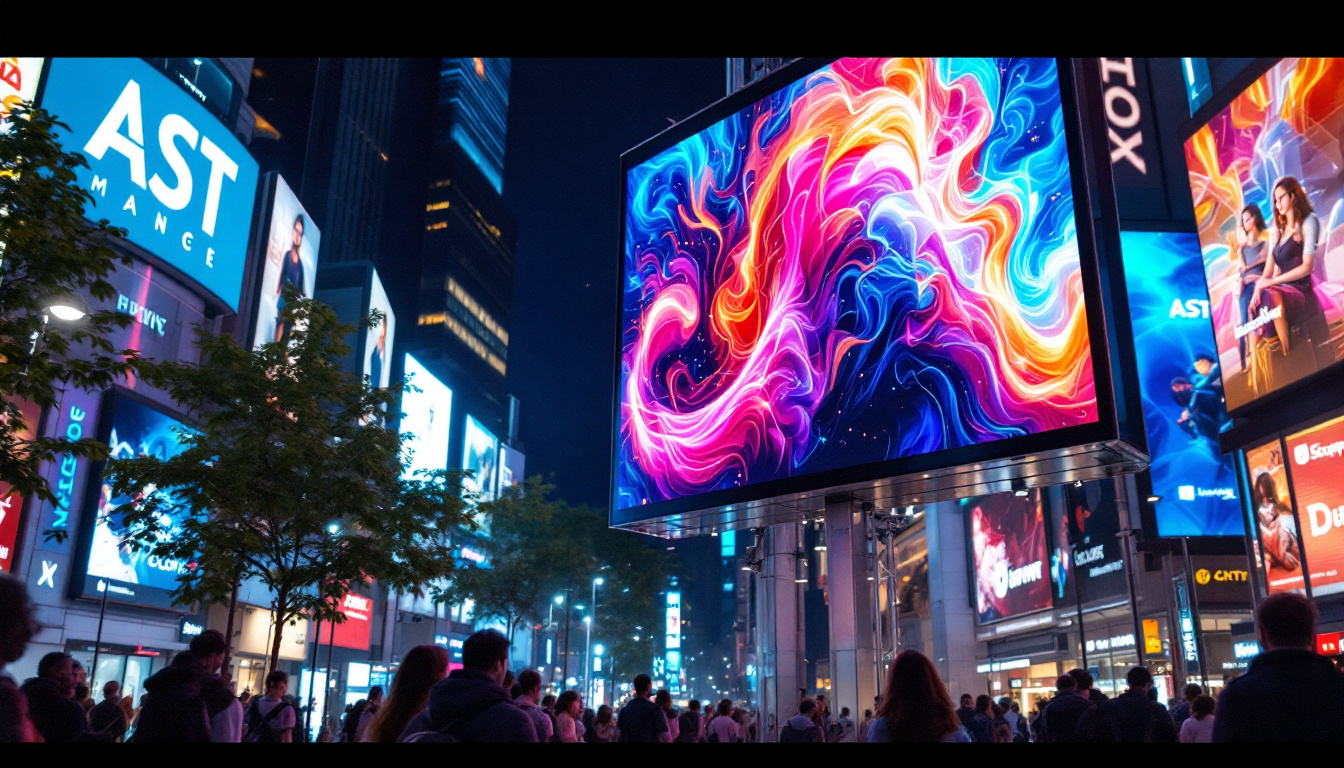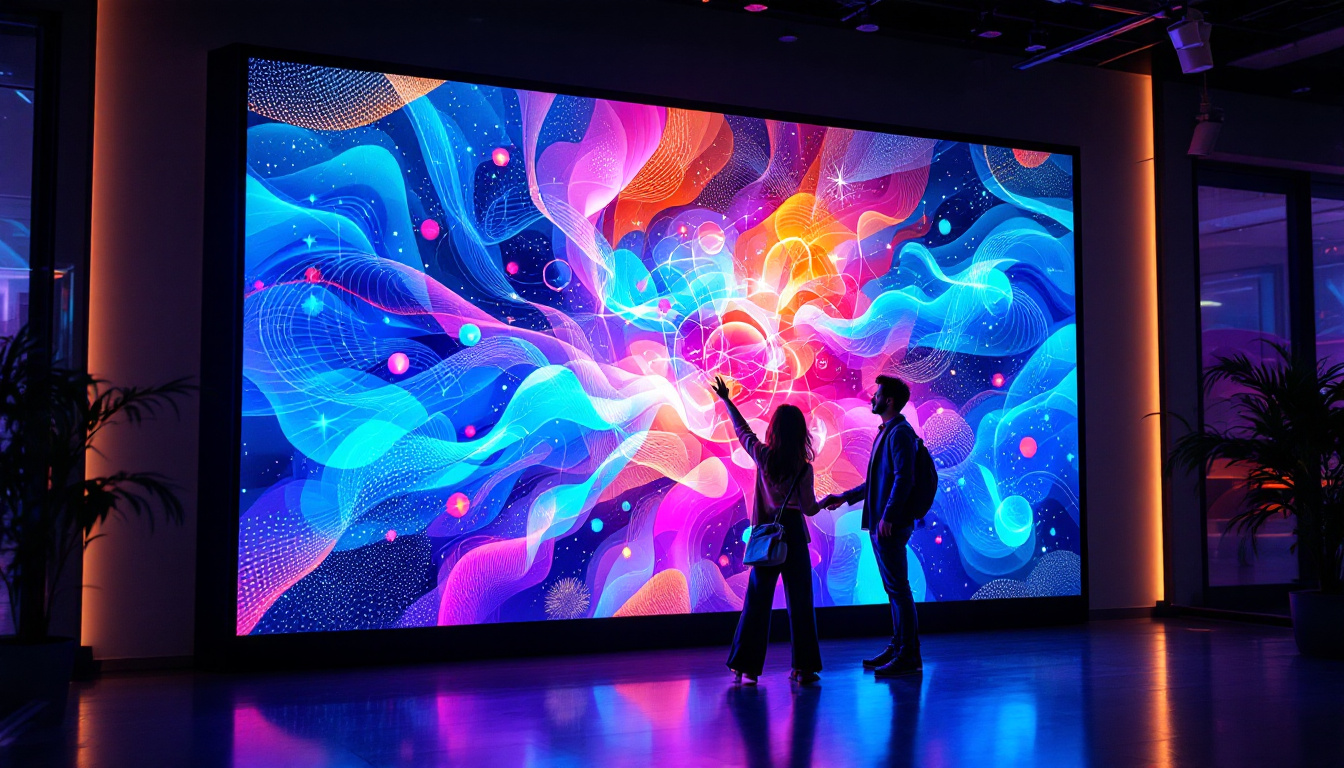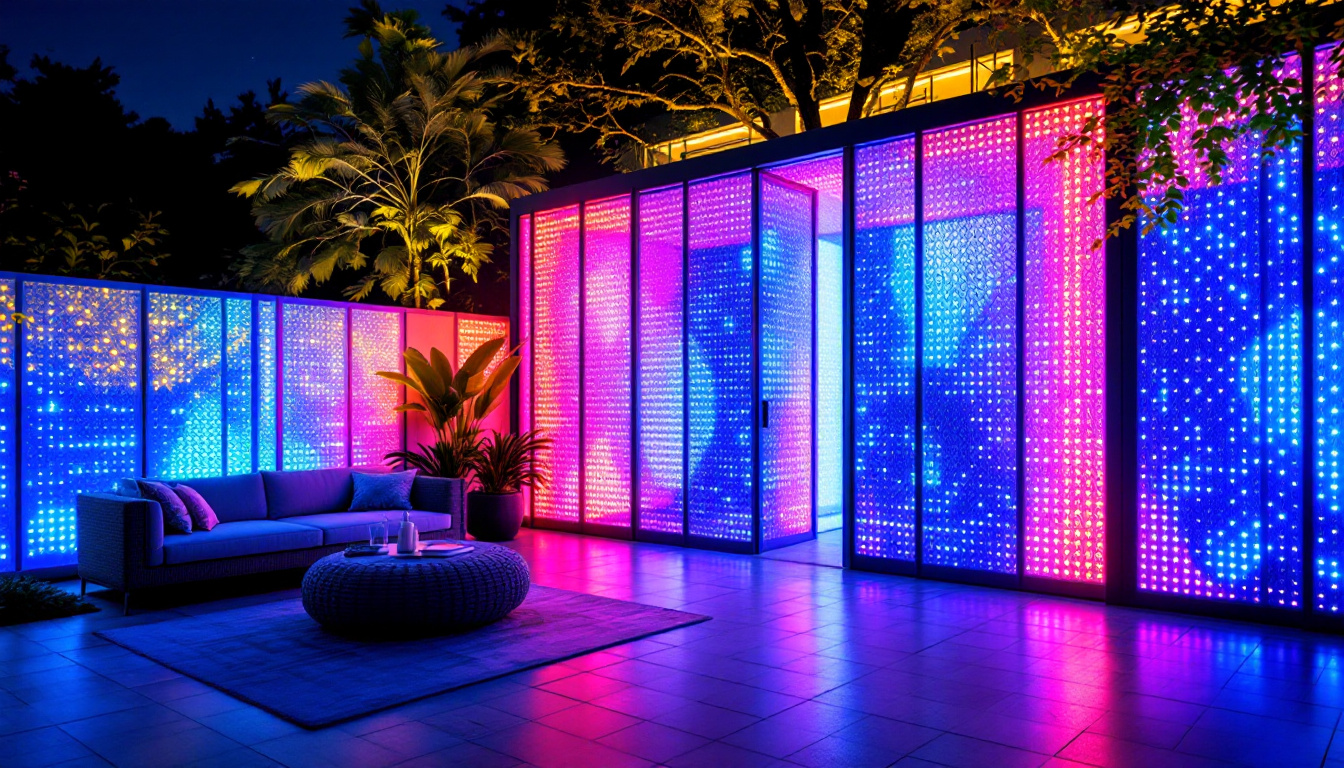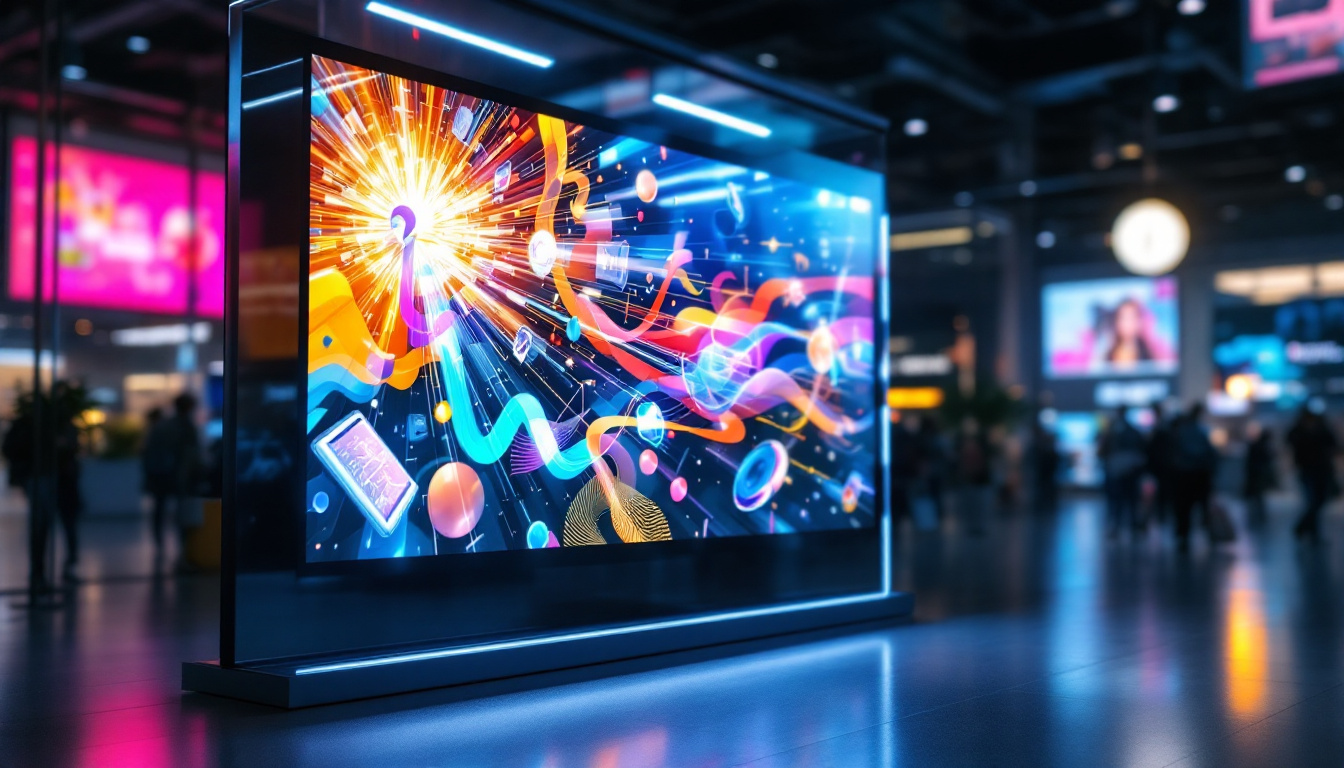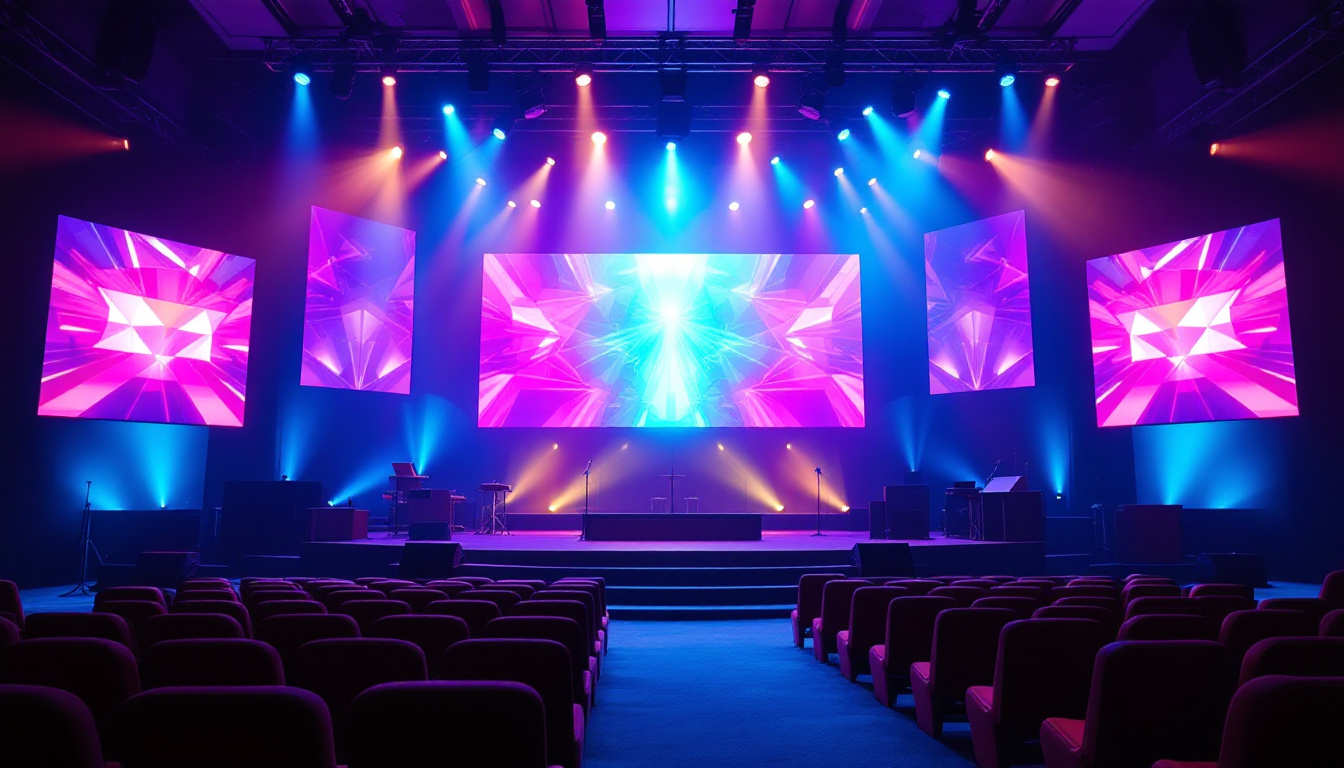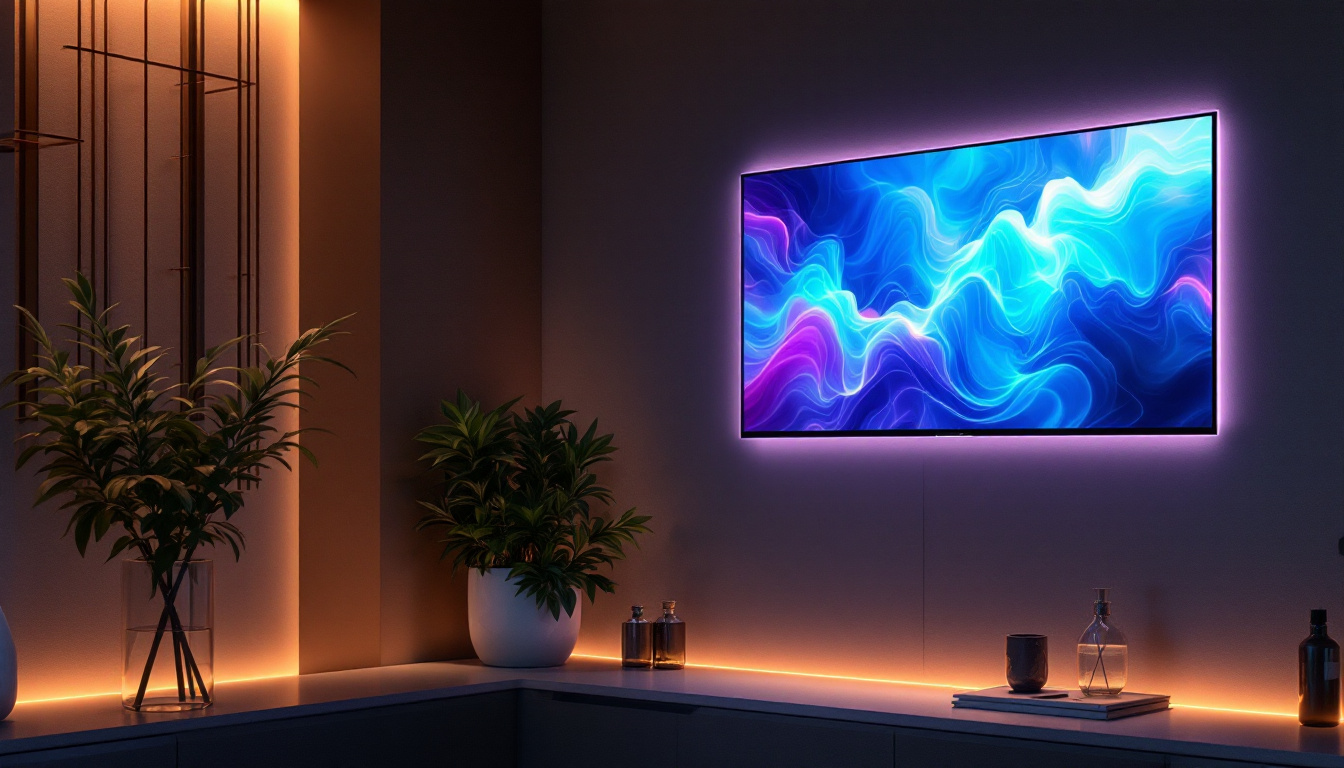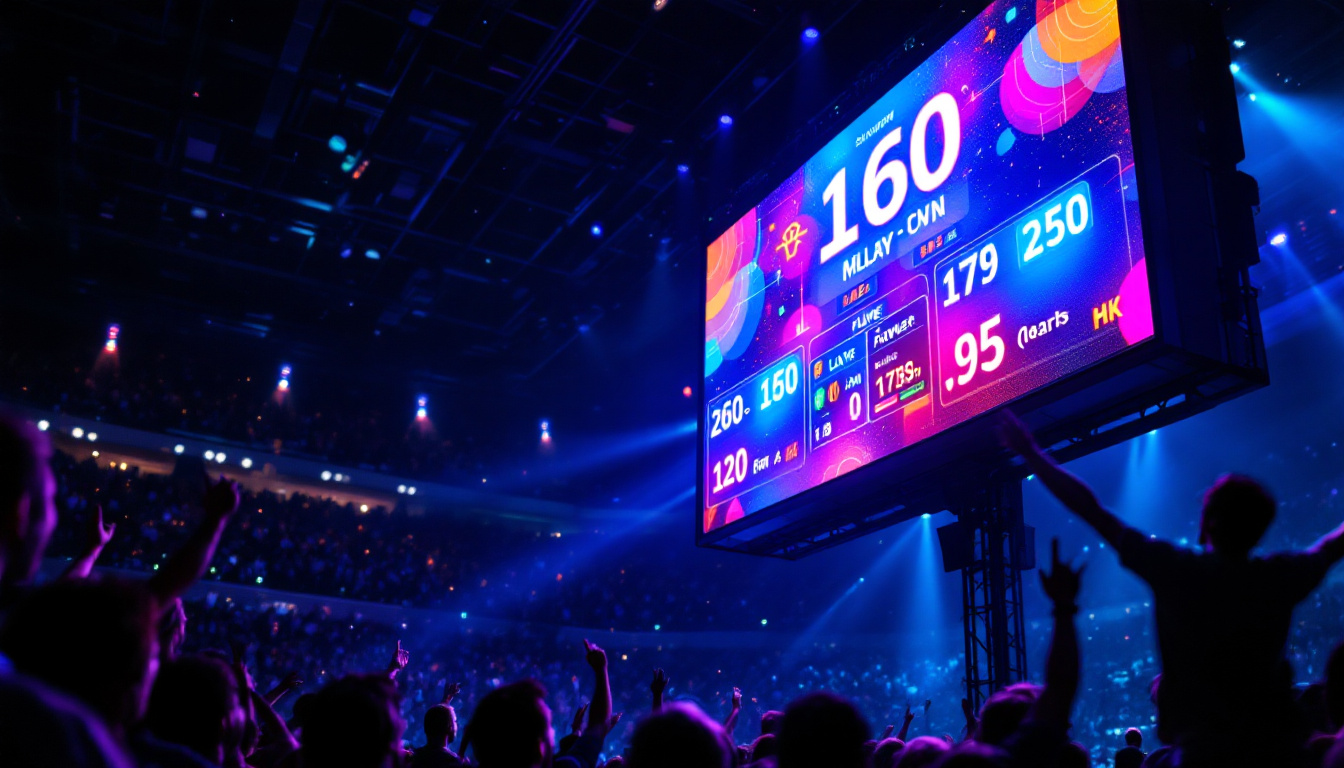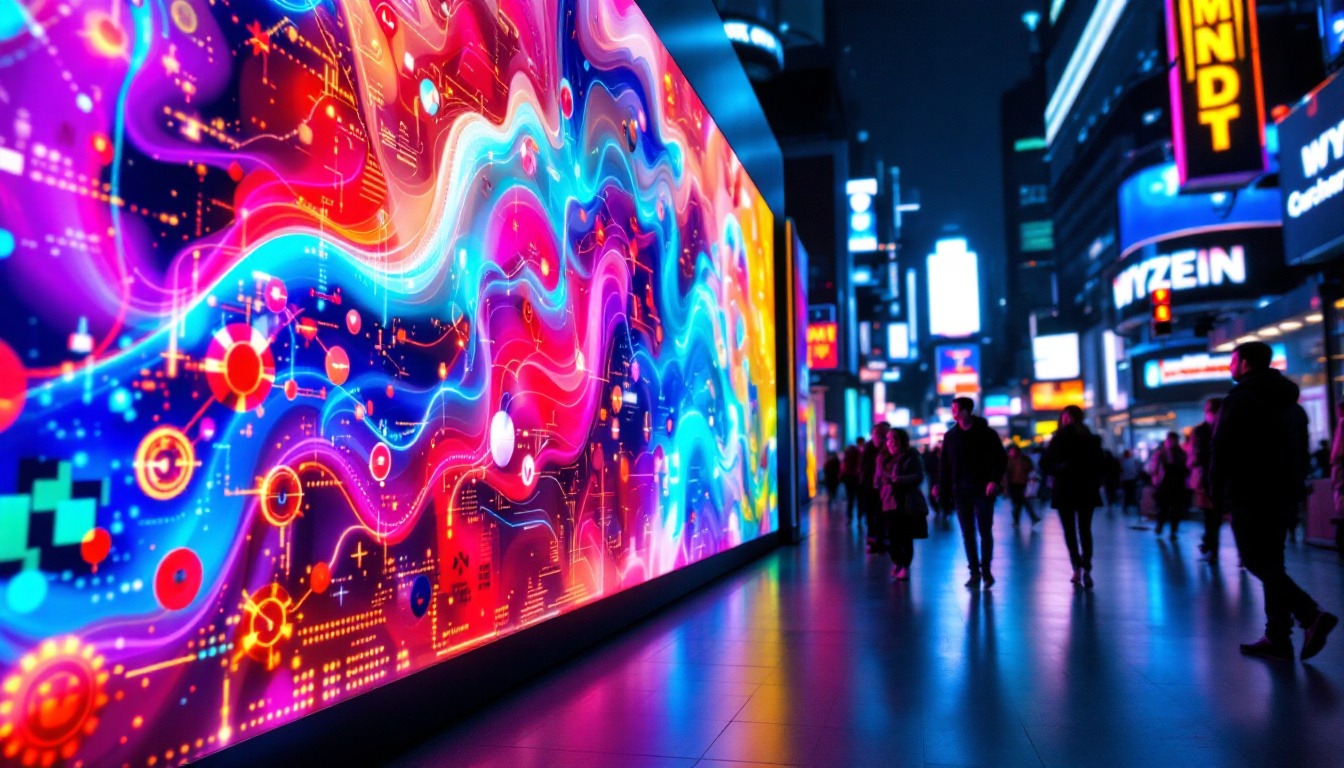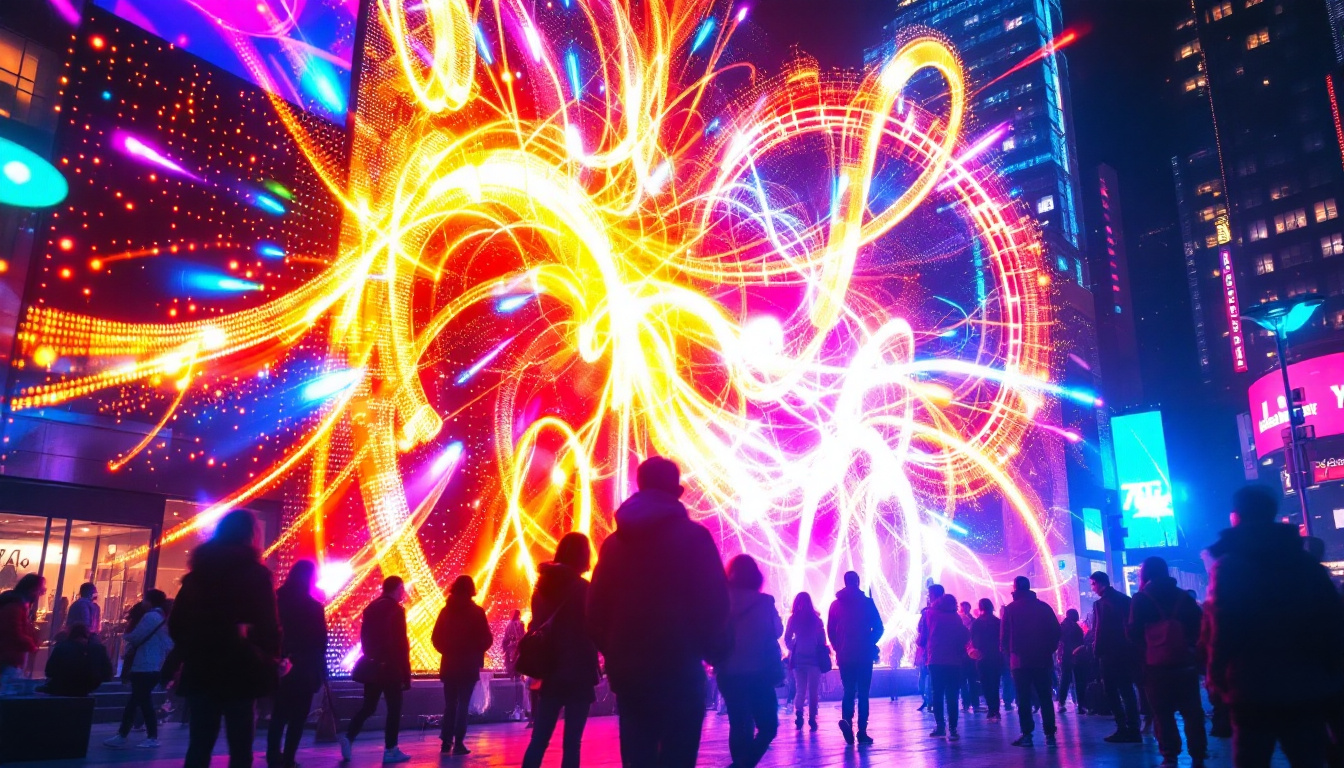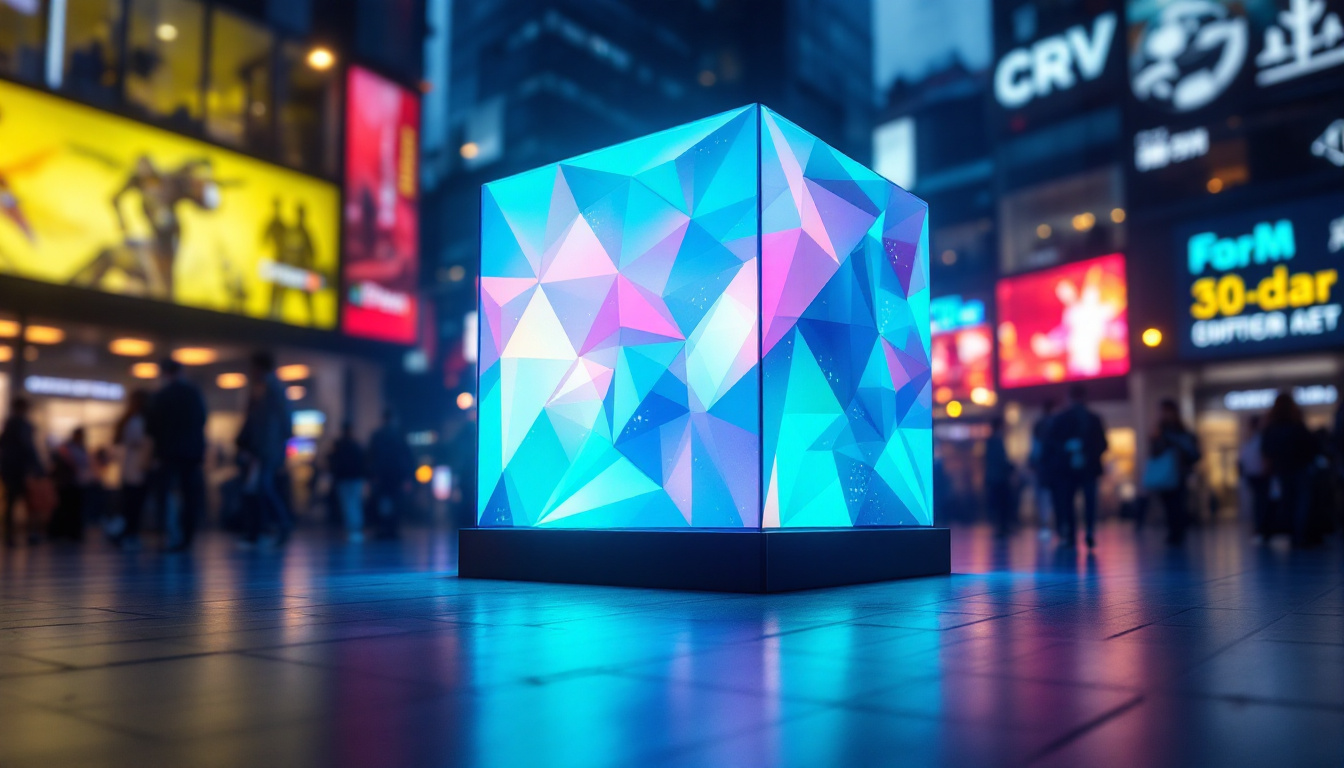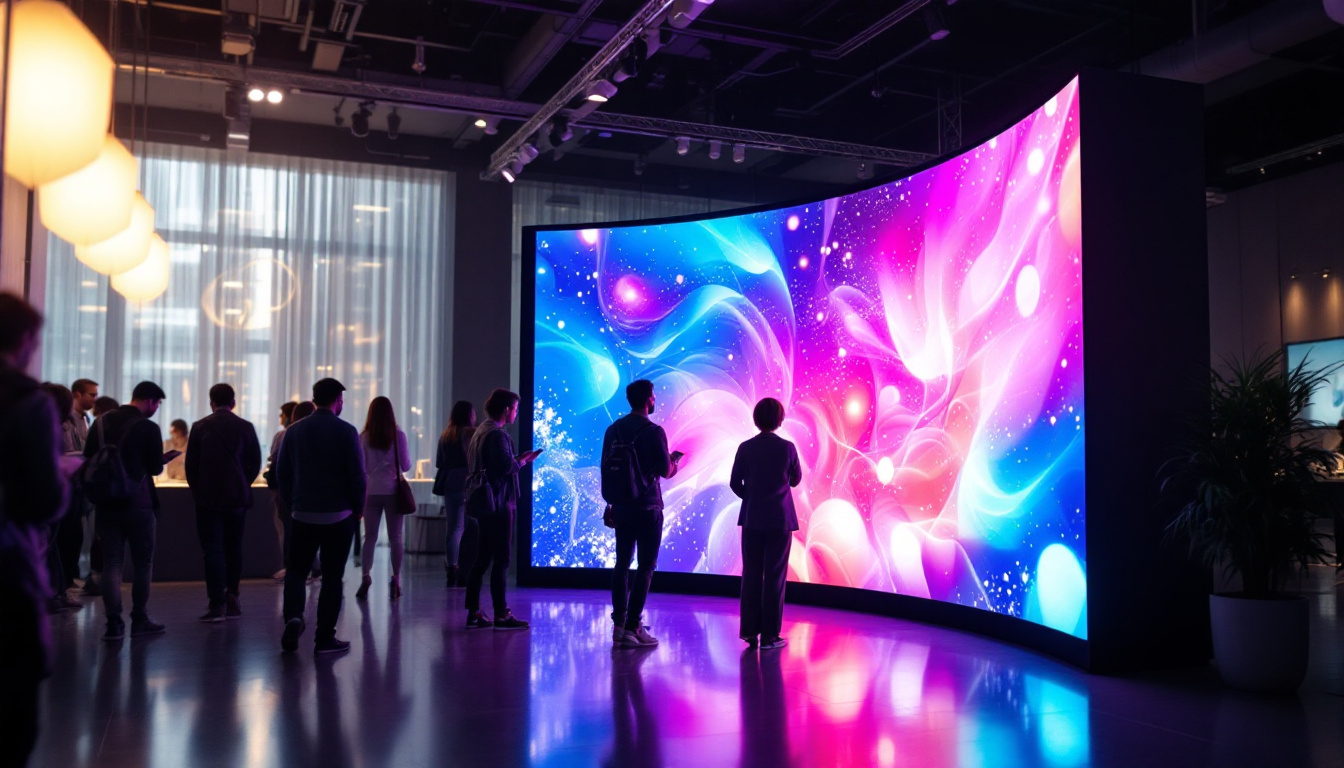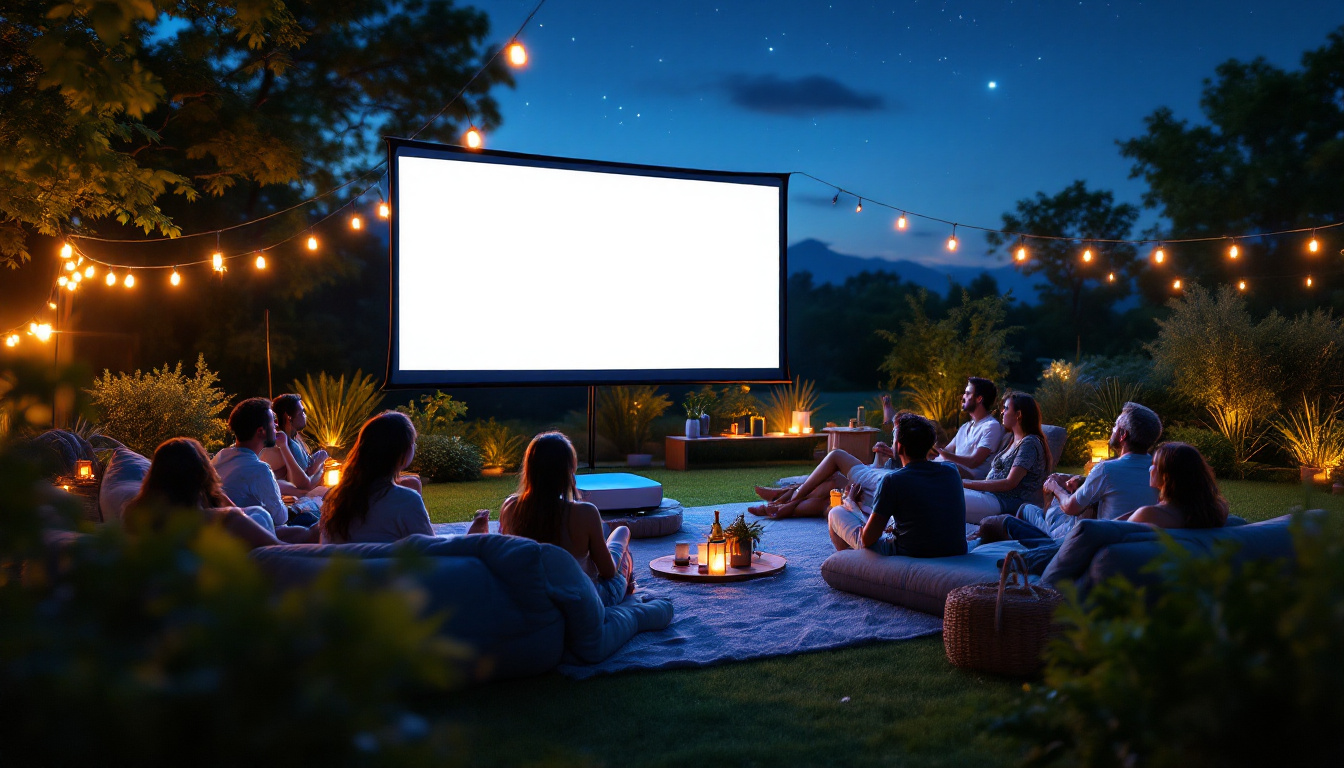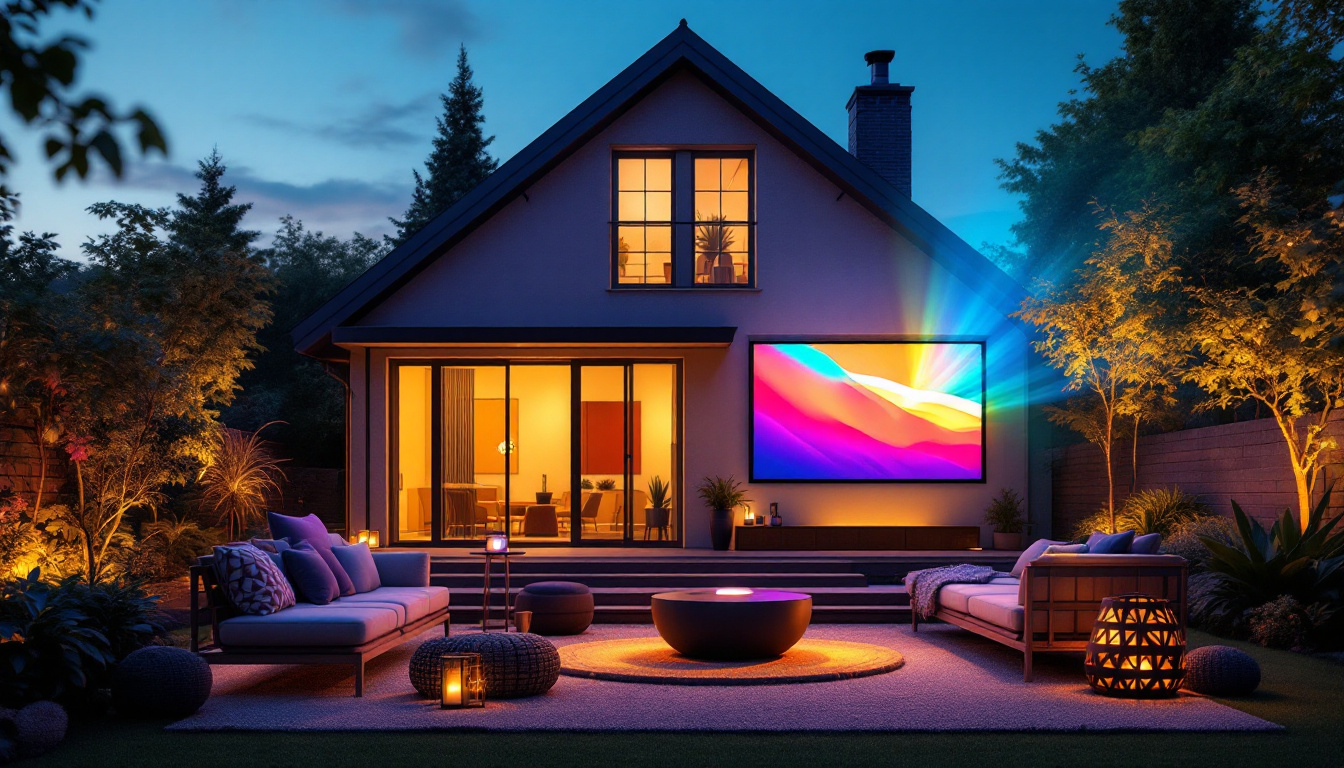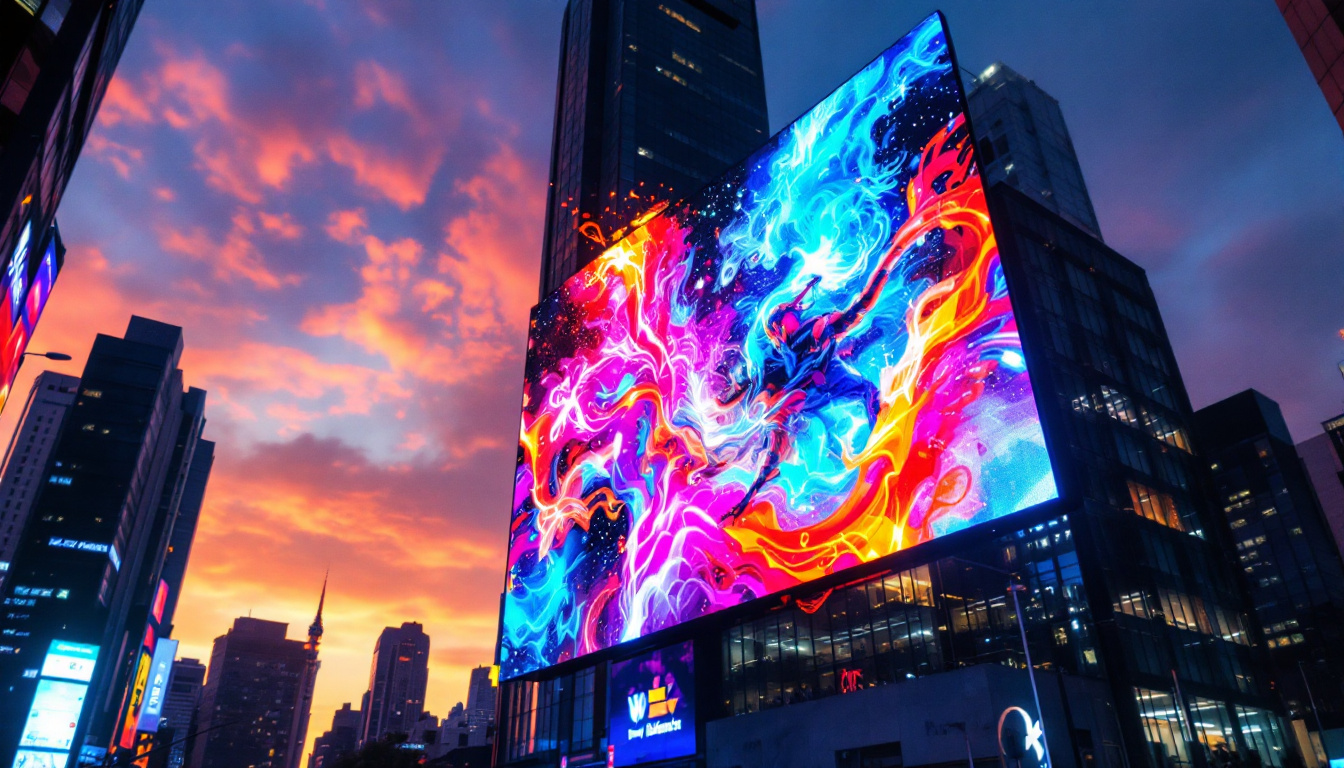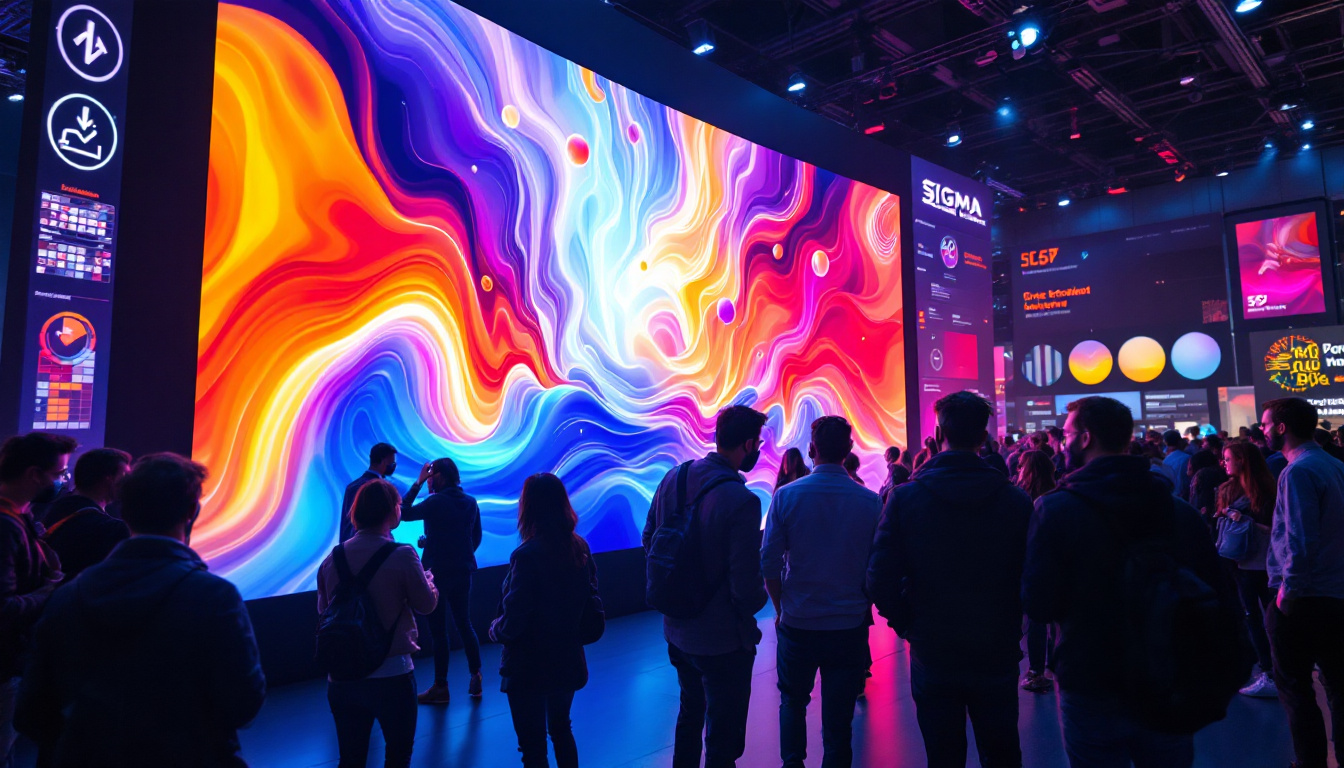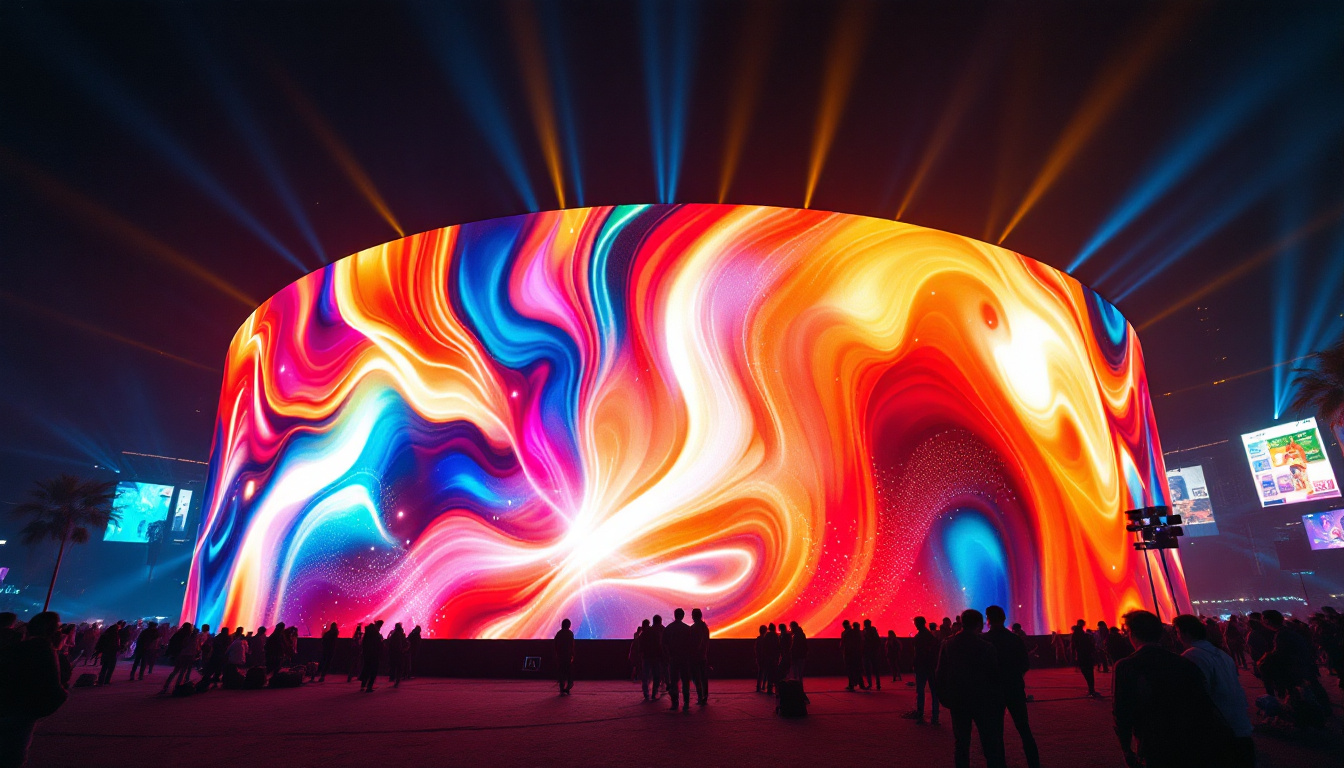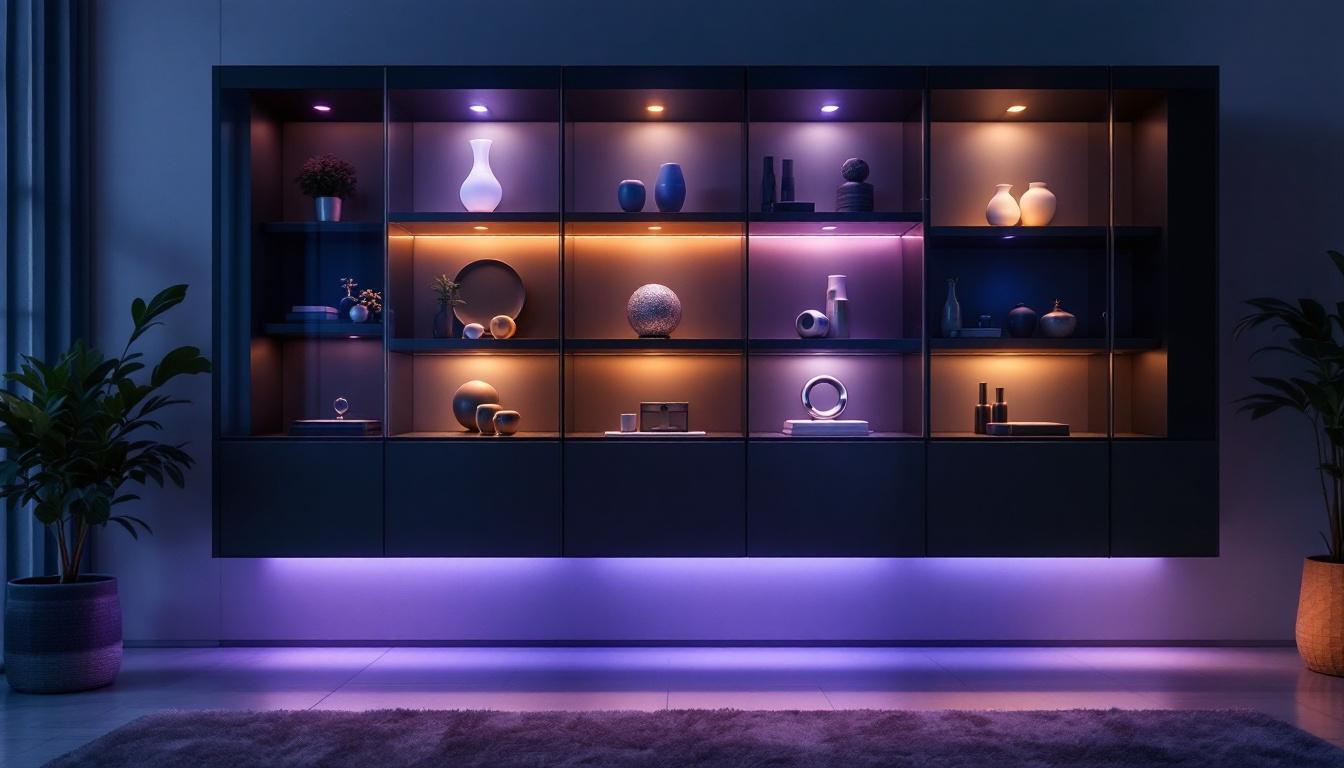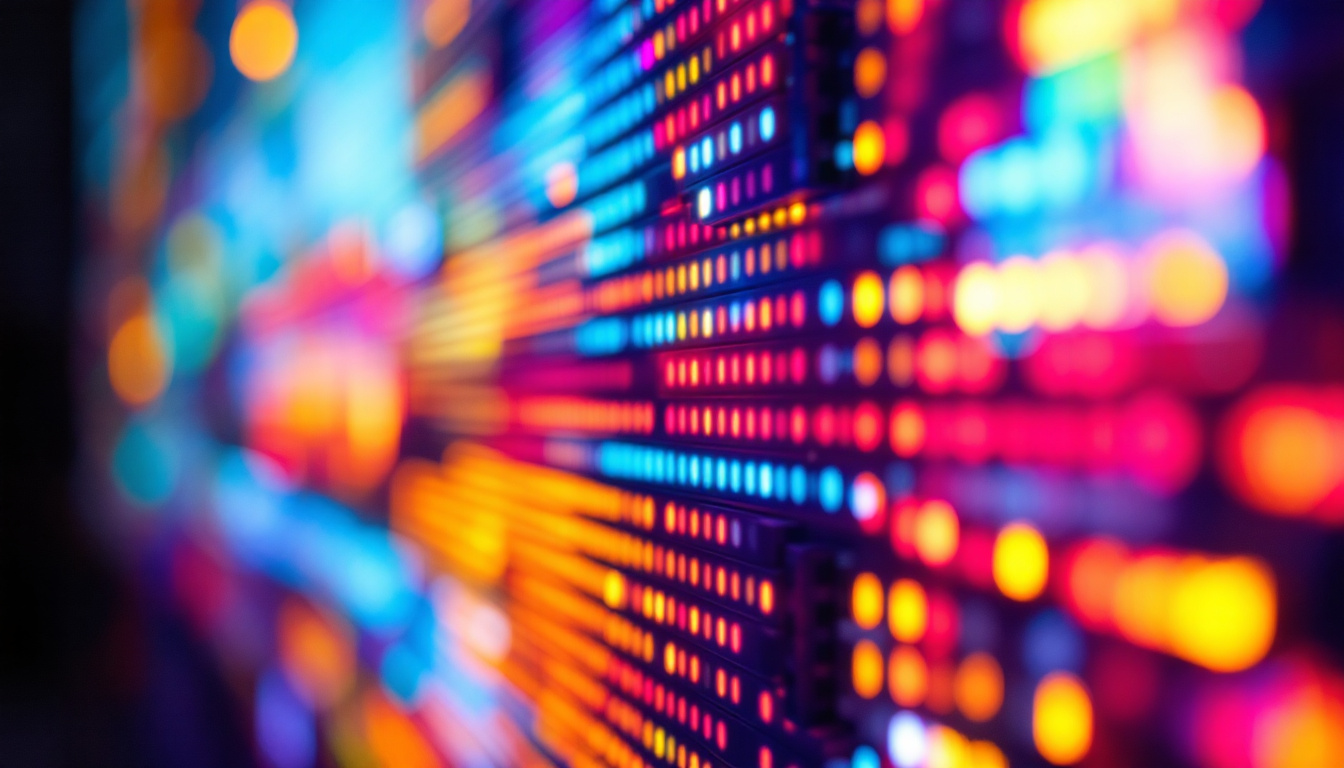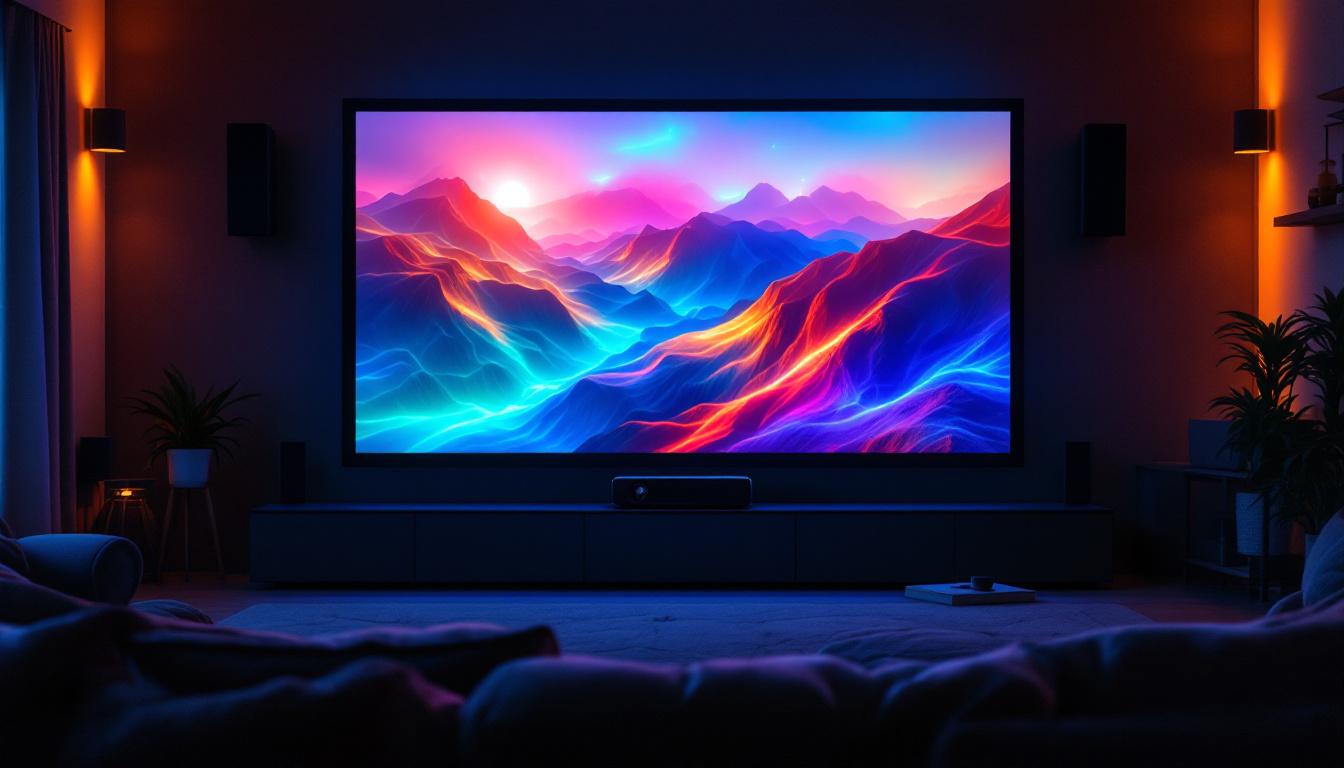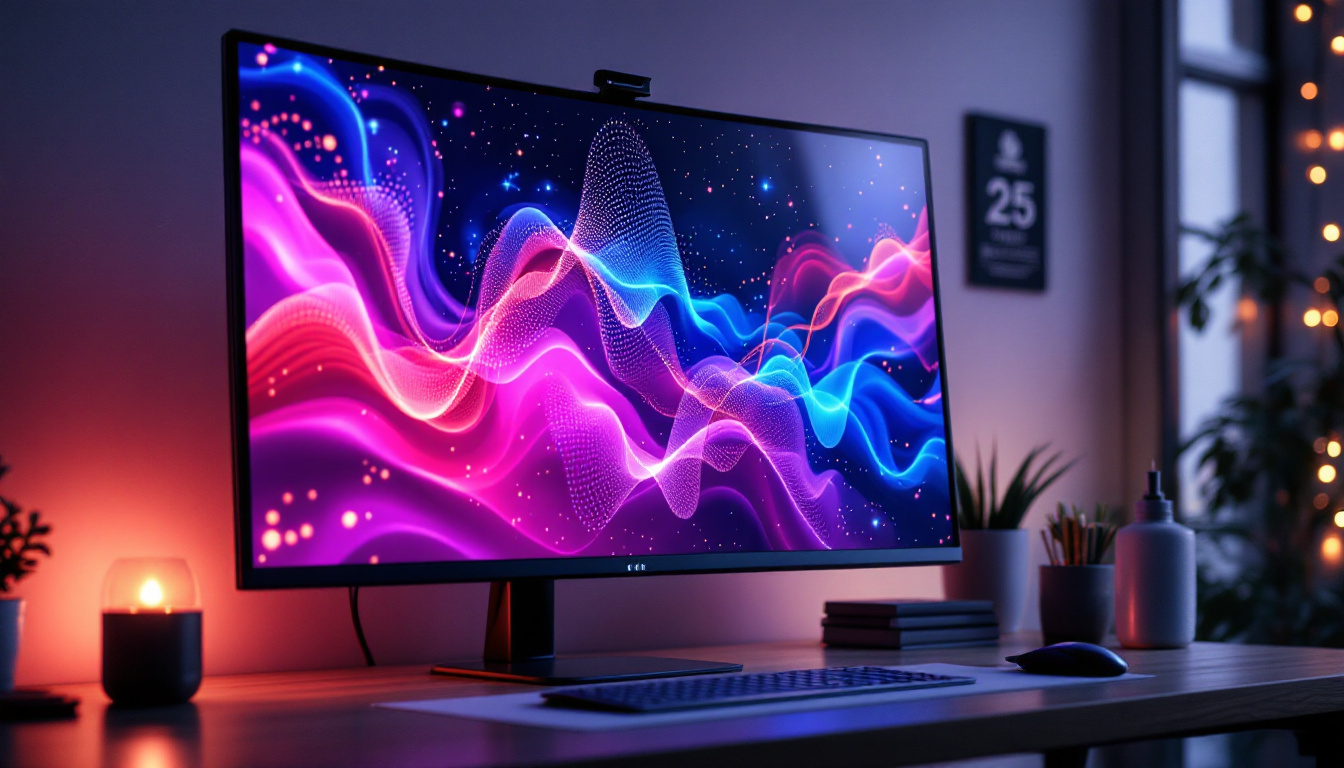In recent years, the advertising landscape has undergone a significant transformation, particularly in urban areas where digital technology has taken center stage. Among the most notable advancements is the rise of LED displays, which have become a staple in advertising, especially in bustling cities like Tokyo. This article delves into the intricacies of LED displays used in billboards across Japan, exploring their technology, advantages, and impact on the advertising industry.
Understanding LED Technology
What is LED Technology?
LED, or Light Emitting Diode, is a semiconductor device that emits light when an electric current passes through it. This technology has been around for decades but has evolved significantly, leading to the creation of vibrant and energy-efficient displays. Unlike traditional incandescent bulbs, LEDs are smaller, more durable, and consume less power, making them ideal for large-scale advertising applications.
The core principle behind LED technology lies in its ability to produce light through electroluminescence. When electrons move through the semiconductor material, they release energy in the form of photons, resulting in visible light. This process allows for a wide range of colors and brightness levels, which can be finely tuned to create stunning visuals that capture the attention of passersby. Additionally, the longevity of LED lights, which can last up to 25,000 hours or more, significantly reduces maintenance costs and environmental impact compared to traditional lighting solutions. This durability is particularly beneficial in outdoor settings where exposure to weather elements can cause other types of lighting to fail prematurely.
Types of LED Displays
There are several types of LED displays used in billboards, each serving different purposes and environments. The most common types include:
- Full-Color LED Displays: These displays utilize red, green, and blue (RGB) LEDs to create a full spectrum of colors. They are widely used for dynamic advertisements, allowing for vibrant images and videos. The ability to change content in real-time makes them particularly effective for promotional campaigns that require immediate updates.
- Monochrome LED Displays: Typically used for text-based advertisements, these displays emit a single color, often red or green. They are cost-effective and suitable for simple messaging. Their simplicity makes them ideal for displaying essential information such as time, temperature, or announcements in a clear and straightforward manner.
- RGB LED Displays: These are specialized displays that can produce a wide range of colors by mixing red, green, and blue light. They are commonly used for high-definition video content. The advanced technology behind RGB displays allows for incredible detail and clarity, making them perfect for entertainment venues, concerts, and sporting events where visual impact is paramount.
In addition to these common types, there are also innovative variations such as flexible LED displays, which can be shaped to fit unconventional spaces, and transparent LED displays that allow for visibility through the screen while still delivering vibrant images. These advancements open up new possibilities for creative advertising and artistic installations, enabling brands to engage with their audience in unique and immersive ways. Furthermore, as LED technology continues to advance, we can expect to see improvements in energy efficiency and brightness, making these displays even more appealing for a variety of applications.
The Advantages of LED Displays
Energy Efficiency
One of the most significant advantages of LED displays is their energy efficiency. Compared to traditional neon or incandescent lights, LEDs consume significantly less power, which translates to lower operational costs for businesses. This efficiency not only benefits advertisers financially but also contributes to environmental sustainability, making LED displays a greener choice in advertising. Furthermore, the longevity of LED technology means that these displays have a longer lifespan, reducing the frequency of replacements and the associated waste. This combination of lower energy consumption and extended durability positions LEDs as a responsible choice for companies looking to minimize their carbon footprint while maximizing their marketing impact.
Brightness and Visibility
LED displays are known for their exceptional brightness, making them visible even in direct sunlight. This characteristic is particularly crucial in urban settings where competition for attention is fierce. The high visibility of LED billboards ensures that advertisements reach a broader audience, increasing the likelihood of engagement and conversion. Additionally, the color vibrancy of LED technology enhances the visual appeal of advertisements, allowing brands to showcase their products in the best light possible. This capability is especially beneficial for industries like fashion and food, where visual representation plays a critical role in consumer attraction. As a result, businesses can create striking displays that not only catch the eye but also leave a lasting impression on potential customers.
Dynamic Content and Flexibility
Unlike static billboards, LED displays allow for dynamic content that can be updated in real-time. This flexibility enables advertisers to tailor their messages based on time, audience, or even weather conditions. For instance, a restaurant could display a lunch special during midday and switch to a dinner promotion in the evening. This adaptability not only enhances the effectiveness of advertising but also keeps content fresh and engaging for viewers. Moreover, the ability to incorporate multimedia elements such as animations or videos can further captivate an audience, making the advertisement more memorable. This dynamic nature also allows for timely promotions, such as flash sales or event announcements, ensuring that businesses can respond quickly to market trends and consumer interests, thereby maximizing their advertising potential.
The Impact of LED Displays on Advertising
Changing Consumer Engagement
The introduction of LED displays has revolutionized how consumers interact with advertisements. Traditional billboards often relied on static images that could easily be overlooked. In contrast, LED displays capture attention with moving images, bright colors, and engaging animations. This shift has resulted in higher engagement rates, as consumers are more likely to remember dynamic content.
Enhanced Brand Visibility
For brands looking to establish a presence in a crowded market, LED displays offer an unparalleled opportunity for visibility. The ability to showcase high-quality visuals and videos allows brands to convey their messages more effectively. Moreover, the strategic placement of LED billboards in high-traffic areas ensures that advertisements reach a large audience, reinforcing brand recognition and recall.
Data-Driven Advertising
LED displays also facilitate data-driven advertising strategies. With the integration of sensors and analytics, advertisers can gather insights on audience demographics, engagement levels, and even foot traffic patterns. This data enables brands to refine their advertising strategies, ensuring that content resonates with the target audience and maximizes return on investment.
Challenges and Considerations
Initial Investment Costs
While the long-term benefits of LED displays are clear, the initial investment can be a barrier for some businesses. The cost of purchasing and installing LED technology can be significant, particularly for large-scale displays. However, many companies view this as a worthwhile investment, given the potential for increased engagement and sales.
Regulatory Compliance
In Japan, as in many other countries, there are regulations governing outdoor advertising. These regulations can dictate the brightness, size, and content of LED displays, which advertisers must navigate carefully. Compliance with local laws is crucial to avoid fines and ensure that advertising efforts are successful.
Maintenance and Upkeep
While LED displays are generally more durable than traditional signage, they still require regular maintenance to ensure optimal performance. This includes cleaning, software updates, and addressing any technical issues that may arise. Businesses must factor in these ongoing costs when considering the overall investment in LED technology.
Future Trends in LED Advertising
Integration with Augmented Reality
The future of LED advertising is poised for exciting developments, particularly with the integration of augmented reality (AR). As AR technology continues to advance, advertisers can create immersive experiences that blend the physical and digital worlds. Imagine walking past a billboard that not only displays a vibrant advertisement but also allows consumers to interact with it through their smartphones. This level of engagement could redefine how brands connect with their audience.
Smart City Initiatives
As cities around the world embrace smart technology, LED displays are likely to play a crucial role in urban environments. Smart city initiatives aim to enhance the quality of life for residents through data-driven solutions. LED displays can be integrated into public infrastructure, providing real-time information such as traffic updates, weather forecasts, and emergency alerts, all while serving as advertising platforms.
Sustainability Efforts
With growing awareness of environmental issues, the advertising industry is increasingly focusing on sustainability. Future LED displays may incorporate eco-friendly materials and energy sources, further reducing their carbon footprint. Additionally, advertisers may prioritize messages that promote sustainability, aligning their brand values with the expectations of environmentally-conscious consumers.
Conclusion
LED displays have transformed the advertising landscape in Japan, offering a dynamic and engaging way for brands to connect with consumers. Their energy efficiency, brightness, and flexibility make them a powerful tool for advertisers looking to stand out in a competitive market. While there are challenges to consider, the benefits of LED technology far outweigh the drawbacks.
As the industry continues to evolve, the integration of advanced technologies like augmented reality and smart city initiatives will further enhance the effectiveness of LED displays. For businesses seeking to make a lasting impression, investing in LED advertising is not just a trend; it is a strategic move towards a more engaging and sustainable future.
In conclusion, Billboard Japan’s LED displays represent the forefront of advertising innovation, merging technology with creativity to deliver messages that resonate with audiences. As this trend continues to grow, it is essential for brands to stay ahead of the curve, leveraging the power of LED technology to capture attention and drive results.
Illuminate Your Brand with LumenMatrix
Ready to elevate your advertising strategy and illuminate your brand’s presence in the bustling urban landscape? LumenMatrix is at the forefront of LED display innovation, offering a diverse range of solutions tailored to your unique needs. From the immersive Indoor LED Wall Display to the dynamic Outdoor LED Wall Display, and from the mobile versatility of Vehicle LED Displays to the interactive Floor LED Display, our technology is designed to captivate and engage. Embrace the future of visual communication with our Custom LED Display and All-in-One LED Display solutions, and make a clear, impactful statement with our LED Transparent Display. Don’t just follow the trends—set them. Check out LumenMatrix LED Display Solutions today and transform the way your business connects with audiences.

